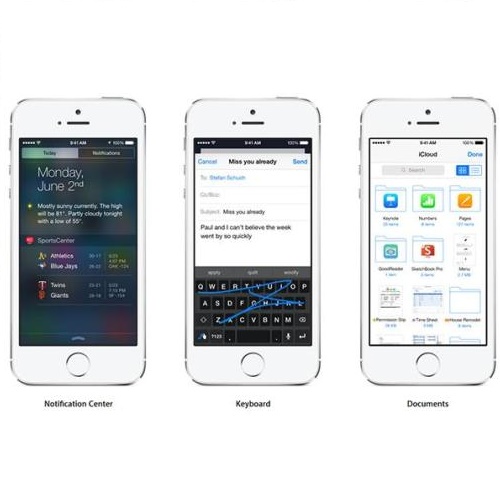Neural decoding plays a vital role in the interaction between the brain and outside world. In this paper, we directly decode the movement track of the finger based on the neural signals of a macaque. The supervised regression methods may over-fit to actual labels contained with noise and require high labeling cost, while unsupervised approaches often have unsatisfactory accuracy. Besides, the spatial and temporal information are often ignored or not well exploited in these works. This motivates us to propose a robust weakly-supervised method termed ViF-SD2E for neural decoding. In particular, ViF-SD2E consists of a space-division (SD) module and a exploration-exploitation (2E) strategy, to effectively exploit both the spatial information of the outside world and temporal information of neural activity, where the SD2E output is compared with the weak 0/1 vision-feedback (ViF) label for training. Extensive experiments demonstrate the effectiveness of our method, which can be sometimes comparable to the supervised counterparts.
翻译:神经解码在大脑与外部世界的互动中起着关键作用。 在本文中, 我们直接根据一个晶体神经信号对手指的移动轨迹进行解码。 受监督的回归方法可能过于适合含有噪音的实际标签, 需要高标签成本, 而不受监督的方法往往不准确。 此外, 这些作品往往忽略或没有很好地利用空间和时间信息。 这促使我们提出一种强力、 微弱监督的神经解码方法, 叫做 ViF- SD2E 。 特别是 ViF- SD2E, 包括一个空间司(SD) 模块和探索开发 (2E) 战略, 以有效利用外部世界的空间信息以及神经活动的时间信息, SD2E 输出与薄弱的 0/1 视野- 后背(VF) 培训标签相比。 广泛实验证明了我们的方法的有效性, 有时可以与受监督的对应方相比。




